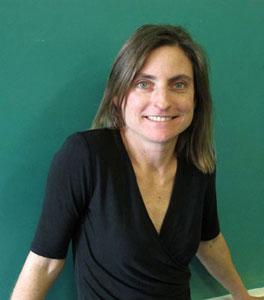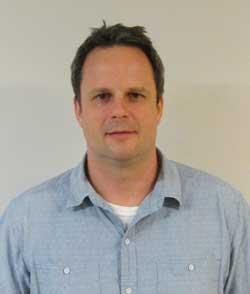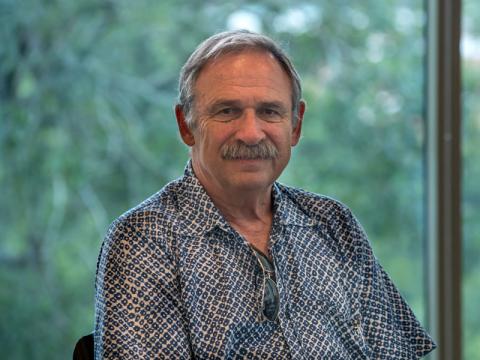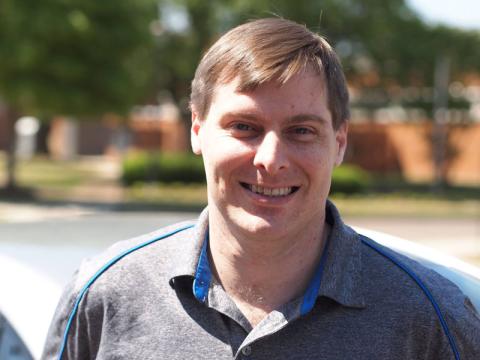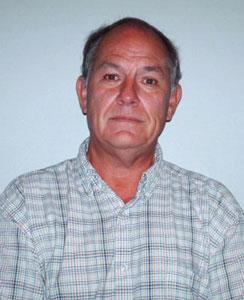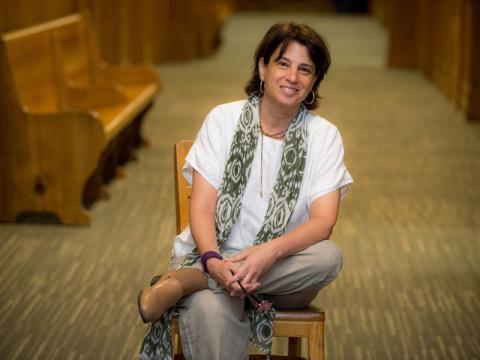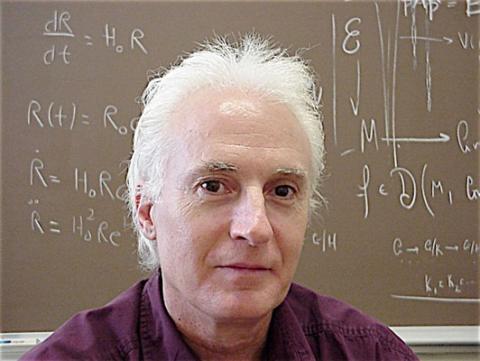Scott McKinley
Scott McKinley
Associate Professor
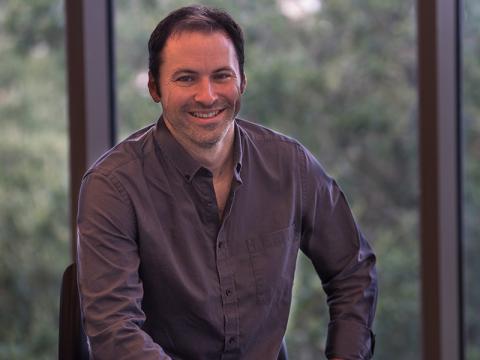
Biography
My research interests include Stochastic processes, especially with application to movement in biological systems. Microrheology, Intracellular Transport, Mucosal Immunology, Movement Ecology; and Qualitative Behavior of Stochastic Differential Equations.
Research
Stochastic processes, especially with application to movement in biological systems. Microrheology, Intracellular Transport, Mucosal Immunology, Movement Ecology; Qualitative Behavior of Stochastic Differential Equations
